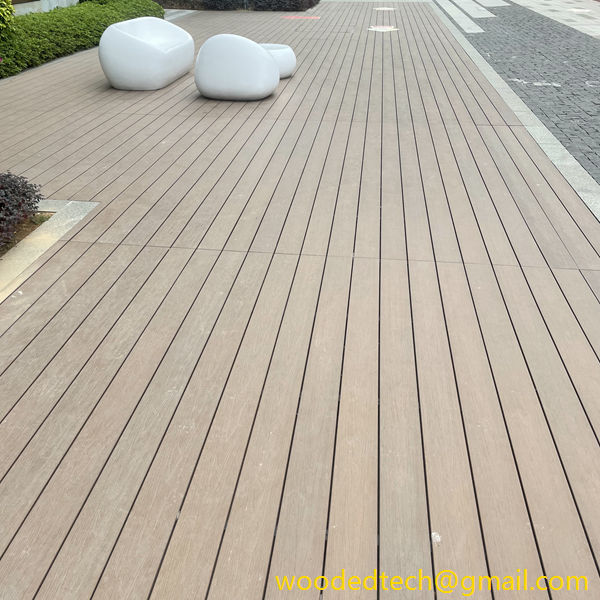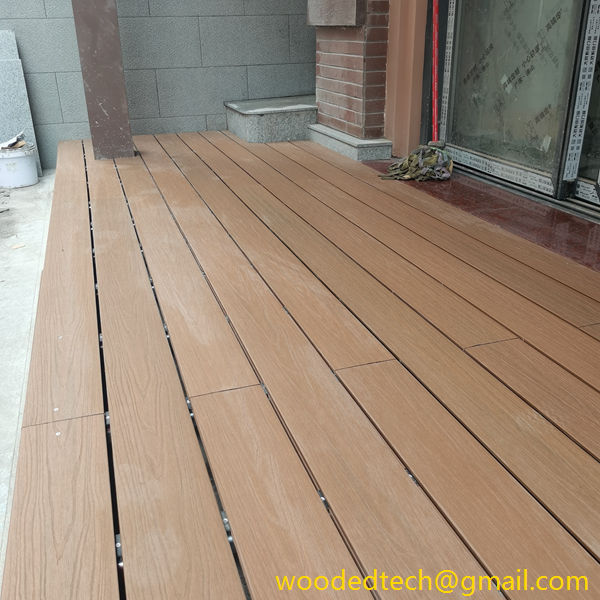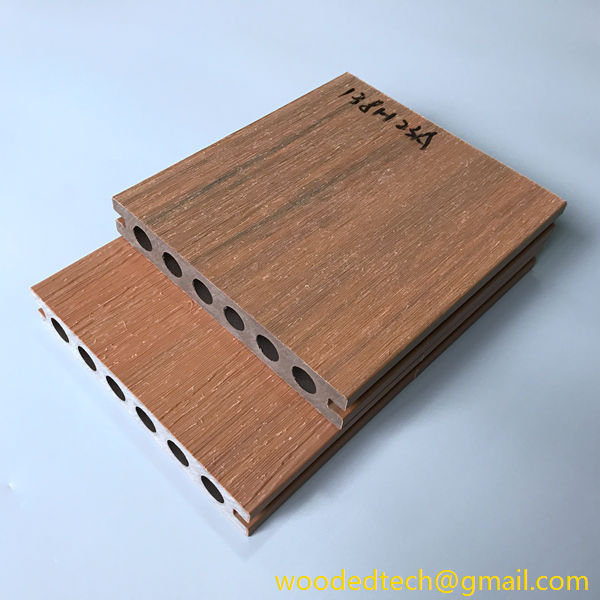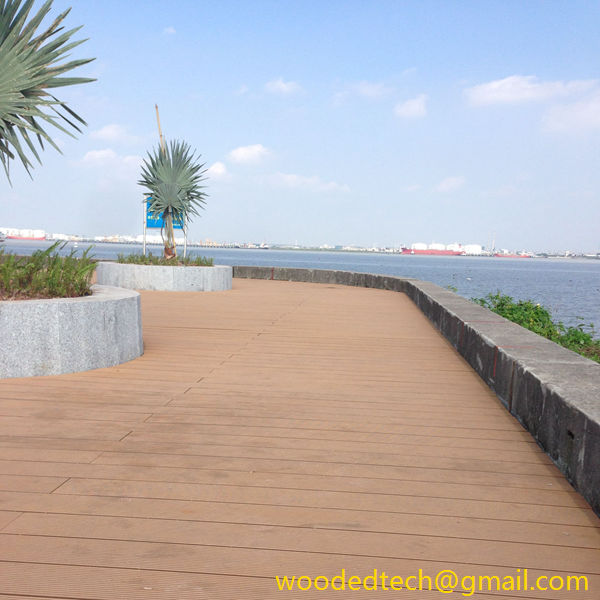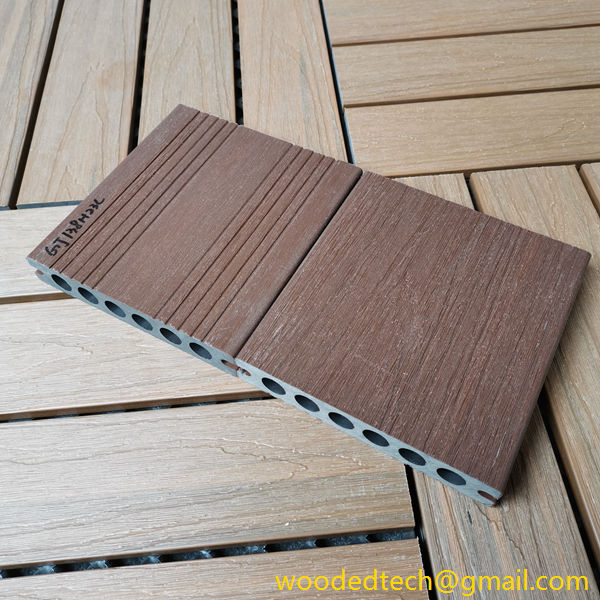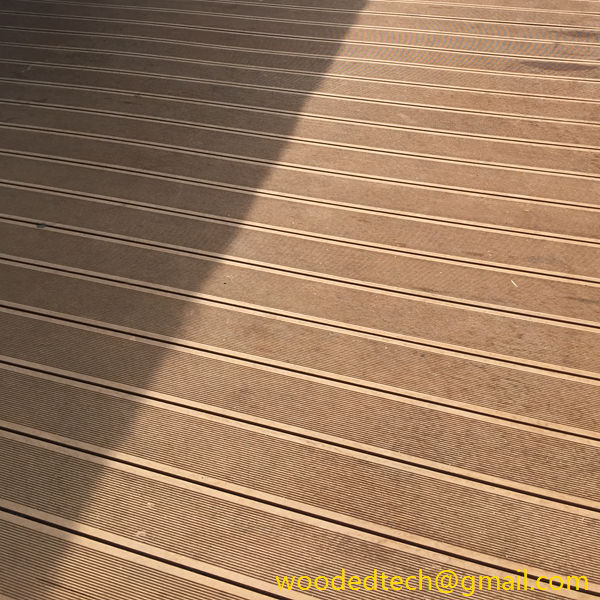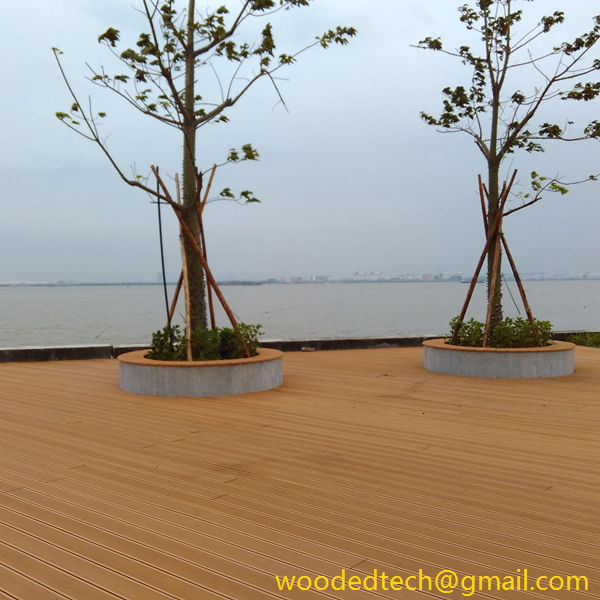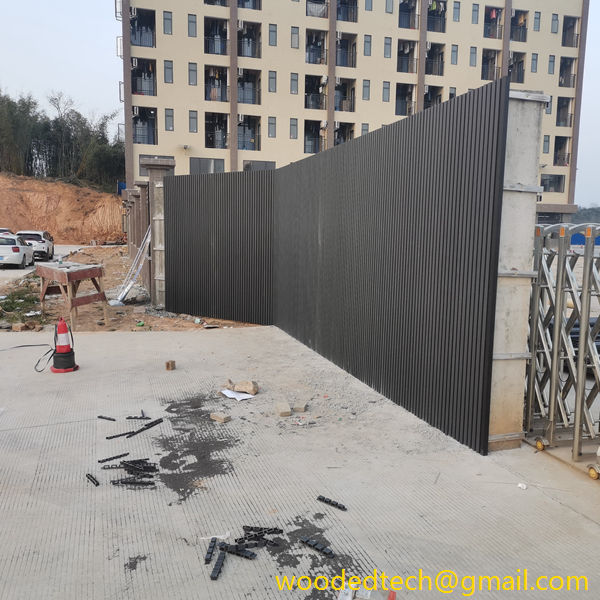Framing for Composite Decking: Essential Tips for Framing Your Composite Decking Project
Framing for Composite Decking: Essential Tips for Framing Your Composite Decking Project Framing for Composite Decking: Essential Tips for Framing Your Composite Decking Project When planning to build a composite decking project, one of the most crucial steps is proper framing. The framing serves as the structural foundation for your deck, ensuring it is stable,…
Framing for Composite Decking: Essential Tips for Framing Your Composite Decking Project
Framing for Composite Decking: Essential Tips for Framing Your Composite Decking Project
When planning to build a composite decking project, one of the most crucial steps is proper framing. The framing serves as the structural foundation for your deck, ensuring it is stable, durable, and safe for use. If you have chosen composite decking, which is known for its low maintenance and long lifespan, it is essential to understand the specific considerations involved in framing. This guide will provide you with essential tips to make your composite decking project a success, focusing on easy installation and overall effectiveness.
Understanding Composite Decking
Before diving into the framing process, it is essential to understand what composite decking is and how it differs from traditional wood decking. Composite decking is made from a mixture of wood fibers and plastic, which gives it unique properties such as resistance to rot, insects, and fading. This material is designed to withstand the elements better than untreated wood and requires minimal maintenance, making it an appealing choice for homeowners.
However, the installation of composite decking requires careful planning and execution, particularly when it comes to framing. The framing must provide adequate support and meet specific guidelines to ensure the longevity and performance of the decking material.
Choosing the Right Materials
The first step in framing your composite deck is selecting the appropriate materials. While traditional wood framing is often used, it is advisable to consider using pressure-treated lumber or engineered wood products that can withstand moisture and resist rot. Additionally, using composite materials for the framing itself can enhance durability and aesthetics, although it may come at a higher cost.
When selecting your framing materials, ensure you choose high-quality products that comply with local building codes. This will not only ensure safety but also increase the longevity of your deck. It is also important to consider the size and weight of your composite decking boards when determining the spacing and size of your framing components.
Planning the Layout
A well-planned layout is essential for a successful composite decking project. Start by determining the size and shape of your deck, considering factors such as space availability, local building regulations, and your intended use for the deck. Sketching a layout can help visualize the space and identify potential challenges.
Once you have a layout in mind, it is crucial to mark out the area where your deck will be built. This can be done using stakes and string to outline the perimeter. Make sure to double-check measurements to ensure accuracy. This step is vital as it sets the stage for the entire framing process.
Establishing Elevation and Level
Proper elevation and leveling are critical aspects of framing your composite deck. The deck must be level to prevent water pooling, which can lead to damage over time. Start by determining the height of your deck, considering any local building codes that dictate minimum clearance above the ground.
Using a level, check the ground where the deck will be installed. If the ground is uneven, you may need to dig out certain areas or use gravel to create a stable base. Once the base is prepared, lay out your support posts and beams, ensuring they are evenly spaced and level. Typically, support posts should be spaced no more than six feet apart, but this may vary depending on the design and local regulations.
Installing the Frame
With the layout and elevation established, you can begin installing the frame of your composite deck. Start by setting the support posts into concrete footings to ensure stability. Once the footings have cured, attach horizontal beams to the posts, ensuring they are level and securely fastened.
Next, install the joists, which will support the composite decking boards. Joists should be spaced according to the manufacturer’s recommendations, typically between 12 to 16 inches apart, depending on the width and thickness of the decking boards. Use joist hangers to secure the joists to the beams for added support.
As you install the framing, continually check for level and ensure that all components are aligned correctly. This attention to detail will make the installation of the composite decking boards much easier and will contribute to the overall stability of the deck.
Allowing for Expansion and Contraction
One of the unique properties of composite decking is its tendency to expand and contract with temperature changes. Therefore, it is essential to allow for adequate spacing during installation. Follow the manufacturer’s guidelines for spacing between boards and at the edges of the deck. This will help prevent warping and ensure that your deck remains aesthetically pleasing over time.
Finishing Touches
Once the framing is complete, you can move on to installing the composite decking boards. Begin at one corner of the deck and work your way across, securing each board according to the manufacturer’s instructions. Consider using hidden fasteners for a clean, finished look.
After installing the decking, you may want to add finishing touches such as railings, steps, or lighting to enhance the functionality and appearance of your deck. These elements can also contribute to safety, especially if your deck is elevated.
In conclusion, framing for composite decking involves careful planning, material selection, and attention to detail. By following these essential tips, you can create a sturdy and beautiful outdoor space that you and your family can enjoy for years to come. Remember to consult local building codes and manufacturer guidelines throughout the process to ensure a safe and successful installation. With the right approach, your composite deck will be a stunning addition to your home.

